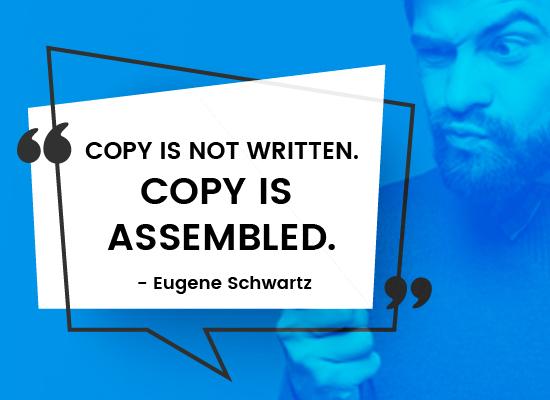As a blogger, you know your biggest challenge is to find new and original content to feed your blog regularly. However, in addition to creativity, there are several technical issues you need to consider to help you achieve success.
These include:
- Search engine optimisation (SEO)
- Finding keywords
- Using keywords
- How to correctly use keywords
- Using an effective call to action
Let’s look at these in more detail.
The importance of keywords for search engine optimisation (SEO)
Did you know that keywords are still one of the most important elements for a website to have a good Google ranking? Text is as important as having good images, videos or a well-structured link building strategy to improve your ranking.
Above all, what Google looks for is original, quality content. For that reason, the "tricks" that used to work to achieve a good SERP (Search Engine Ranking Position), such as keyword stuffing, are no longer useful in 2019. On the contrary, Google considers such techniques as "black hat SEO" and penalises websites that use them.
A blogger’s greatest challenge is to achieve a balance of an authentic writing style, original content and the use of updated SEO techniques.
Finding and using keywords for your blog
The blog manager should first do research of the keywords that interest its audience.
Google Analytics is an excellent source to track what keywords your readers are using to find your blog.
When you have gathered a list of keywords, the best approach is to include relevant keywords in the title of the post and in its first paragraph. This is because both the title and the first part of the post are extremely relevant to search engines. They give you “extra points” in your ranking if you use keywords in these places. The first paragraph of a blog post should be a brief summary of what the reader will find in your article.
When formatting your post, you should also use subheadings (in HTML language, <h2>) throughout your post. The purpose of the subheadings is to divide the important information into blocks. Subheadings should also contain relevant keywords to your readers.

How to write a blog entry that ranks in Google’s first results?
When you type a search term into a search engine like Google, its algorithm looks for the "related search terms" or groups of words often used when someone writes about a certain subject. As related search terms are used to determine the relevance of a website, a blogger should include these in their text.
Keep in mind that blog posts with the best rankings are those that contain specific keywords. So, if you are writing about a technical subject, be sure to use the same words that would be used by industry experts.
The ideal size of a blog post depends on several factors, such as the characteristics of your audience. However, it is important to combine blocks of text with other content (such as photographs, infographics or videos to maintain the reader's attention and interest. All images used must be properly named and tagged to optimise Google’s SERP.
How to end a blog post?
To achieve excellence, a blog article must be reviewed several times before you publish it. If possible, ask someone to read it and give feedback and review the article for spelling, grammar, structure, and all terms used.
Your post should end your post a CTA - call to action. What CTA you use will depend on the purpose of the blog. If your goal is to increase engagement, the CTA might simply be an incentive for the reader to leave a comment. For example, in blogs with a commercial purpose, the end of the article will frequently include an appeal to fill out a form requesting more information, or to follow a hyperlink to make an immediate purchase.
As you can see, there are a few different elements to creating and maintaining a successful blog. By combining the various techniques with the ability to write in an authentic way will help you achieve a good ranking on search engines so that you can stand out from the crowd and ultimately reach your target audience.
Looking to brainstorm ideas for your next blog? Check out our blog Creating Ideas for Your Next Blog. Explore our digital marketing courses for all your digital marketing needs.
The links included here are provided as a convenience and for informational purposes only. We bear no responsibility for the accuracy, legality or content of any external site or for any content on subsequent websites, nor does the inclusion of these links constitute our endorsement or an approval of any products, services or opinions stated.
